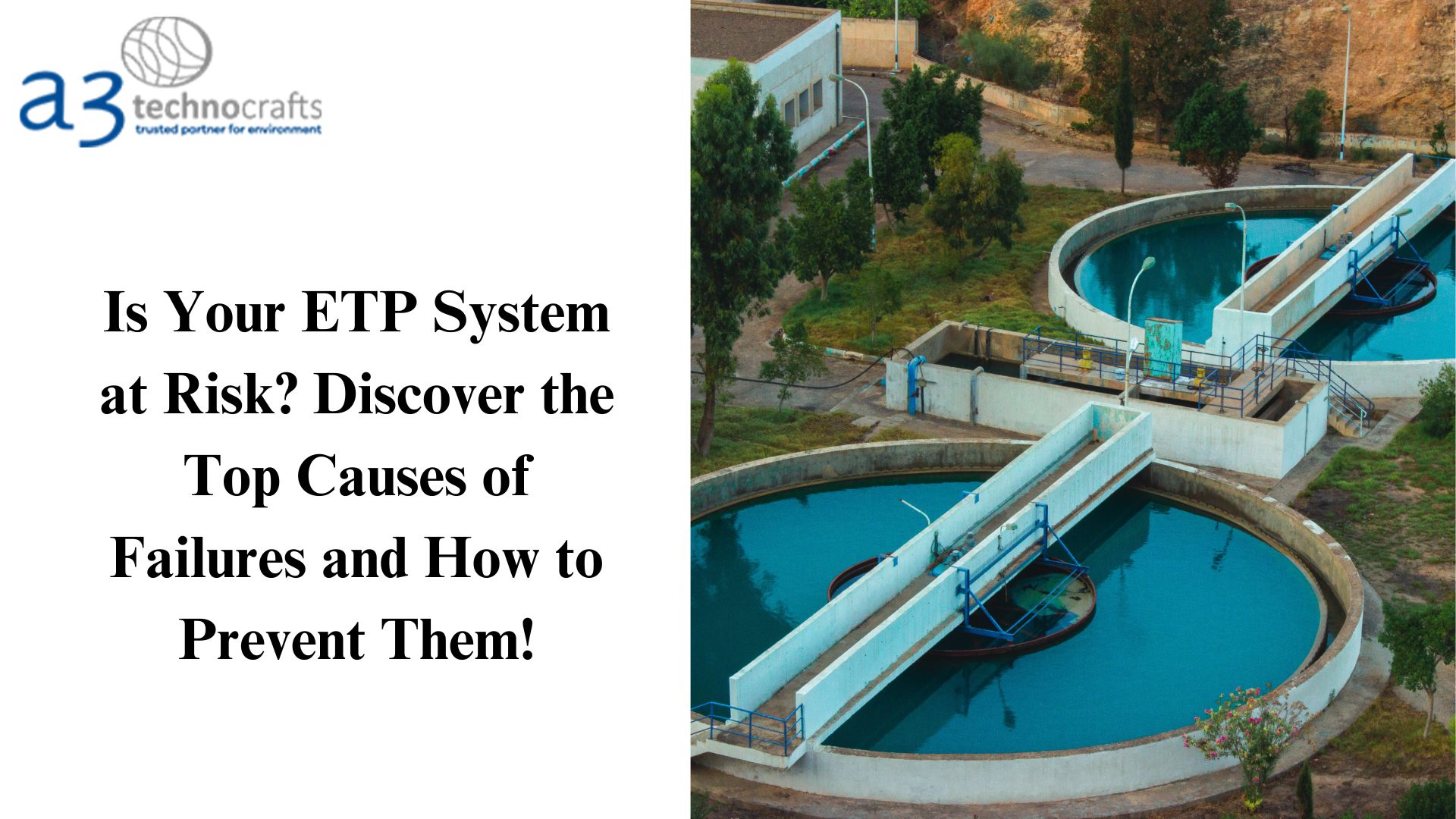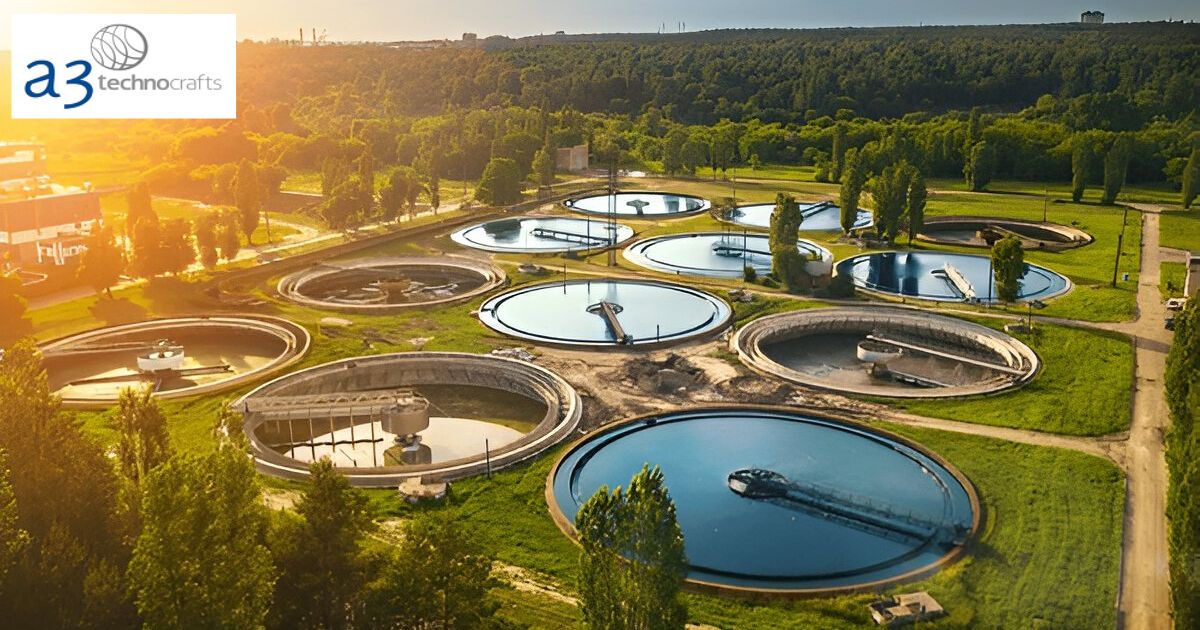Effluent Treatment Plants (ETPs) play a crucial role in industries, ensuring that wastewater is treated before being released into the environment. However, many industries face challenges in maintaining the performance of these systems. ETP system failures can lead to costly repairs, production downtime, and even environmental violations. Understanding the common causes of ETP system failures and how to prevent them can help businesses avoid unnecessary issues. In this blog, we’ll explore the top causes of ETP system failures and provide effective solutions to prevent them.
1. Design and Installation Issues
The foundation of any successful ETP system lies in its design and installation. Effluent treatment plant manufacturers in India emphasize the importance of a clear, well-thought-out design, along with a professional installation process. A system that is poorly designed or incorrectly installed can lead to frequent failures. For instance, choosing incompatible components, miscalculating the system capacity, or poor layout planning can stress the entire system. Even minor installation mistakes, such as misalignment of parts or improper wiring, can create major issues.
Solution:
To prevent such failures, partner with reputable effluent treatment plant manufacturers in India who specialize in designing and installing systems tailored to your specific requirements. Ensuring proper installation and system design will help reduce the risk of operational issues.
2. Poor Water Quality
Water quality plays a critical role in the performance of the ETP system. Water entering the system must be free of excessive solids, chemicals, and contaminants to allow the system to function effectively. If the water quality is poor, it can block UV light, clog filters, and degrade the performance of the treatment system, leading to a potential system failure.
Many effluent treatment plant manufacturers in India recommend that industries invest in pre-treatment systems to filter out large particles and impurities before the water enters the main treatment process. Regular monitoring of water quality is essential to maintaining the system’s effectiveness.
Solution:
Ensure that your system is equipped with pre-treatment filters and always maintain high-quality influent water. Regularly monitor the water entering the ETP to ensure it meets the required quality standards. Clean water ensures the UV lamps and other components operate efficiently, reducing the chances of failure.
3. Lack of Maintenance
Routine maintenance is essential for keeping ETP systems in good working condition. Neglecting regular maintenance can lead to clogged filters, worn-out UV lamps, and damaged sensors. These issues will cause the system to perform below its capacity, leading to eventual system breakdowns.
Effluent treatment plant manufacturers in India stress the importance of maintaining a strict maintenance schedule for ETP systems. Proactively replacing worn-out parts, cleaning filters, and checking system components can help extend the lifespan of the plant and avoid unnecessary failures.
Solution:
Implement a preventive maintenance schedule to inspect and maintain key components such as filters, UV lamps, and sensors. Regular checks and timely replacement of parts will reduce the risk of unexpected system failures and keep the ETP running smoothly.
4. Aging Equipment and System Overload
As the ETP system ages, its components begin to wear out. For example, UV lamps lose their effectiveness over time, and other equipment may experience a decline in performance. Additionally, running the system beyond its designed capacity can cause undue stress on the system, leading to equipment failure.
Solution:
To prevent equipment aging issues, monitor the condition of critical components, and replace or upgrade parts as needed. Also, ensure that the system is not overloaded beyond its designed capacity. Regularly assessing and updating the system will help keep it functioning optimally.
Conclusion
The failure of an ETP system is often caused by design or installation errors, poor water quality, inadequate maintenance, and aging equipment. By understanding these causes and taking proactive steps, industries can avoid unnecessary downtime, costly repairs, and regulatory non-compliance.If you are looking for a reliable and efficient solution for your wastewater treatment needs, contact A3 Technocrafts, one of the leading effluent treatment plant manufacturers in India. We offer customized solutions for industries to ensure optimal ETP system performance, longevity, and compliance with environmental standards. Contact us today to learn more about how we can help you maintain a sustainable and effective effluent treatment solution.

